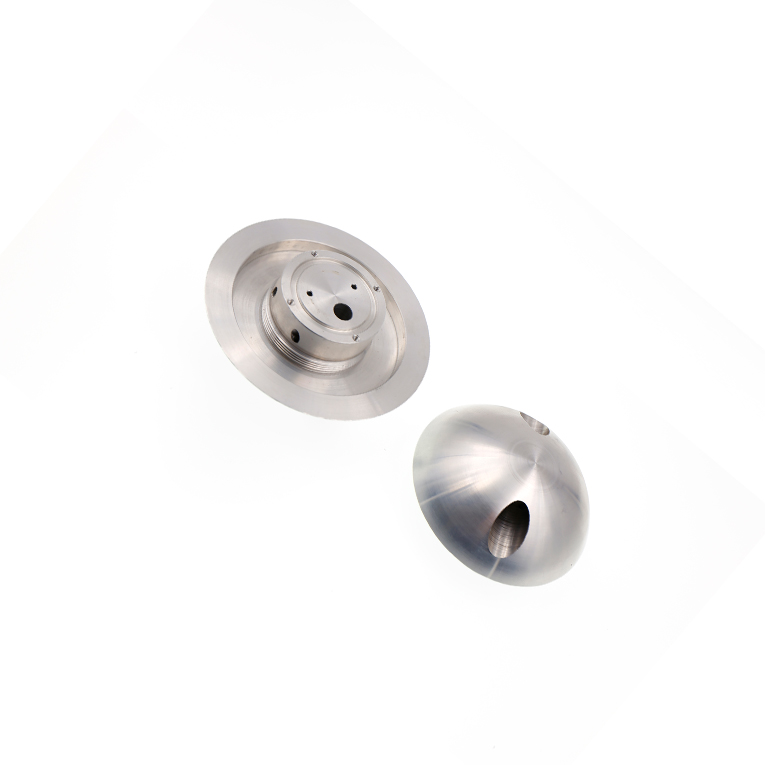
Mechanical design, rooted in the principles of manufacturing processes, is a complex and multifaceted field that demands meticulous attention to detail and ingenuity. To create successful mechanical systems, machines, and components, it is imperative to align design decisions with the capabilities and constraints of manufacturing processes. In this in-depth exploration, we will delve into the rationalization measures essential for effective mechanical design within the context of manufacturing processes.
1. Design for Manufacturability (DFM)
Design for Manufacturability (DFM) is a core principle that aims to streamline the production process and reduce manufacturing complexities. Key measures include:
Simplicity in Geometry: Simplify complex geometries whenever possible to facilitate machining, casting, or other manufacturing methods.
Standardized Components: Utilize standardized, readily available components to reduce lead times and costs.
Material Selection: Choose materials that are easy to source and process while meeting design requirements.
Tolerance Considerations: Define tolerances carefully to ensure parts can be manufactured accurately and economically.
2. Minimization of Waste
Sustainability and efficiency are paramount in modern manufacturing. Rationalization measures include:
Material Efficiency: Optimize the use of materials to minimize waste during production.
Lean Manufacturing: Implement lean principles to reduce excess inventory and improve production efficiency.
Recycling: Design components with ease of recycling in mind to reduce environmental impact.
3. Standardization and Modular Design
Standardizing components and adopting a modular design approach can offer numerous benefits:
Interchangeability: Components designed to standard specifications are easily interchangeable, simplifying maintenance and replacement.
Cost Reduction: By reusing standardized components, manufacturing and inventory costs can be significantly reduced.
Ease of Scaling: Modular designs facilitate scalability and adaptability to different applications.
4. Design for Assembly (DFA)
Design for Assembly (DFA) focuses on optimizing the assembly process, with measures including:
Reduced Part Count: Minimize the number of components to simplify assembly.
Self-Locating and Self-Fastening Parts: Design components that can be easily aligned and fastened without specialized tools.
Minimized Fasteners: Reduce the use of fasteners, such as screws and bolts, to streamline assembly.
5. Cost Optimization
Cost-effective design is central to rationalization measures:
Value Engineering: Continuously assess design choices to identify cost-saving opportunities without compromising quality.
Supplier Collaboration: Collaborate closely with suppliers to explore cost-effective material options and manufacturing processes.
Batch Production: Consider batch production to reduce unit costs, especially for high-volume manufacturing.
6. Design for Quality
Quality is a fundamental aspect of rationalized mechanical design:
Robust Design: Develop designs that are less sensitive to variations in manufacturing processes, ensuring consistent quality.
Testing and Inspection: Implement rigorous testing and inspection protocols to identify and rectify defects early in the production process.
Documentation and Traceability: Maintain comprehensive documentation and traceability to ensure product consistency.
7. Manufacturing Process Selection
Selecting the most appropriate manufacturing processes is crucial:
Matched Capabilities: Align the design with manufacturing processes that match its complexity, precision, and volume requirements.
Process Flexibility: Design parts that are adaptable to various manufacturing methods when necessary.
8. Prototyping and Testing
Prototyping and testing are integral to verifying design feasibility and performance:
Iterative Prototyping: Build and test prototypes iteratively to identify and address design flaws early.
Realistic Testing: Ensure that prototypes are tested under conditions that mimic real-world usage.
Data-Driven Decisions: Use test data to inform design refinements and improvements.
9. Risk Management
Anticipating and mitigating potential risks is a vital rationalization measure:
Failure Modes and Effects Analysis (FMEA): Conduct FMEA to identify potential failure modes and their consequences, allowing for risk mitigation strategies.
Contingency Planning: Develop contingency plans to address unexpected manufacturing challenges.
10. Sustainability Integration
Incorporate sustainability considerations into the design process:
Material Selection: Opt for environmentally friendly materials with minimal environmental impact.
Energy Efficiency: Design for energy efficiency to reduce long-term operational costs and environmental footprint.
Lifecycle Assessment: Conduct comprehensive lifecycle assessments to quantify environmental impact and make informed design choices.
In conclusion, rationalization measures in mechanical design based on manufacturing processes are essential for creating efficient, cost-effective, and high-quality products. These measures encompass various aspects, from simplifying geometries to reducing waste, optimizing assembly processes, and considering sustainability. By carefully aligning design decisions with manufacturing capabilities and constraints, engineers and designers can ensure the successful realization of their mechanical designs while minimizing production challenges and maximizing overall value.

Copyright © 2025 Dongguan Yifeng Metal Co., Ltd. | All Rights Reserved